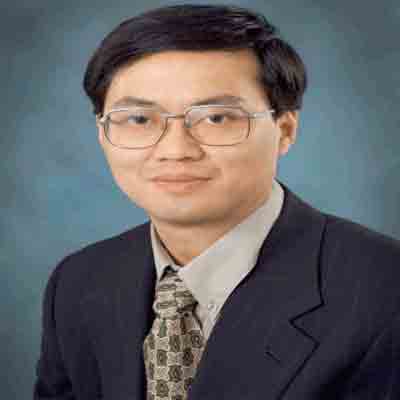Dr. Ye Fang
Research Director/VP of ResearchCorning Incorporated, USA
Highest Degree
Ph.D. in Physical Chemistry from Corning Incorporated, USA
Share this Profile
Highest Degree
Ph.D. in Physical Chemistry from Corning Incorporated, USA
Share this Profile
Dr. Ye Fang is currently working as Research Director/Research Fellow at Corning Incorporated, USA. His main area of interest focuses on Pharmacology and Toxicology and Biomedical Sciences. His area of expertise includes G Protein-Coupled Receptor, Biosensor, Receptor Biology, Cell Signaling, Cancer Biology, Chemical Biology, Cell Adhesion, Biophysics, Single cell analysis, Drug Discovery, and Receptor Pharmacology. He has published 2 books, 109 research articles in journals contributed as author/co-author.
